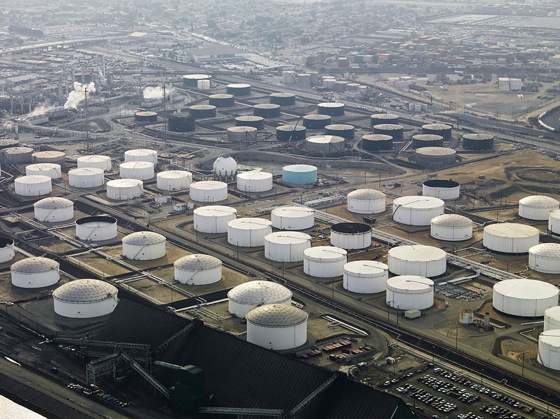
Oil storage tanks in Cushing, Oklahoma, located at the convergence of several pipelines; the number of earthquakes above 3.0 on the Richter scale has risen from a few dozen in 2012 to more than 720 so far this year.
At first glance the small town of less than 8,000 inhabitants looks like typical country America, the kind of place that John Updike might once have written about. Except Cushing, in north-east Oklahoma, is very different.
On top of its human residents, it is also home to about
87 million barrels of oil storage. The biggest ocean-going
supertankers carry about two million barrels. The Exxon Valdez spilled less than half that amount when it hit Bligh Reef in Prince William Sound, Alaska, in 1989.
Now, more tanks are being built in Cushing as storage companies seek to increase stocks at lower oil prices.
Dr Riki Ott has seen most oil-related disasters at first hand. A campaigner for energy transportation reform since the Exxon Valdez, she sees the same convergence of risk and lack of preparedness in Cushing that she once saw in Prince William Sound: "
It has all of the ingredients for a major disaster. Government and industry officials are misleading the public and hardly anyone knows about it."
The oil is in Cushing because the town sits at the convergence of several of the largest pipelines in the country and has been a hub for oil transportation and storage since the early 20th century.
One of those pipelines is essentially the southern leg of what has come to be known as the Keystone XL, perhaps the most controversial energy development of the last 20 years. In total, there are about
14,000 miles of pipeline in Oklahoma.
Oil is stored in vast quantities at Cushing in above-ground storage containers that litter the fields surrounding the town. This is a place where "oilfield" has nothing to do with drilling, in a state where the oil and gas industry has become as powerful as it is anywhere in the United States.
Now, thanks to fracking, it's also one of the most active seismic areas in the entire United States.
Ironically it is the fracking industry that created this very real and little-discussed threat to Cushing which, according to Oklahoma Sierra Club's director Johnson Bridgwater, has "
the potential for producing one of the worst environmental catastrophes in American history".
Until
very recently earthquakes were a rare occurrence in Oklahoma. Not any more. In
2008 the US Geological Survey recorded just
two earthquakes above 3.0 on the Richter Scale in Oklahoma.
In
2014 it recorded
585, including
15 that measured over 4.0. The state is on
target to break through 800 in 2015, taking California's crown as the most active seismic state in the country.
The epicentre of an earthquake on 10 October that measured 4.3 on the Richter Scale just happened to be Cushing.
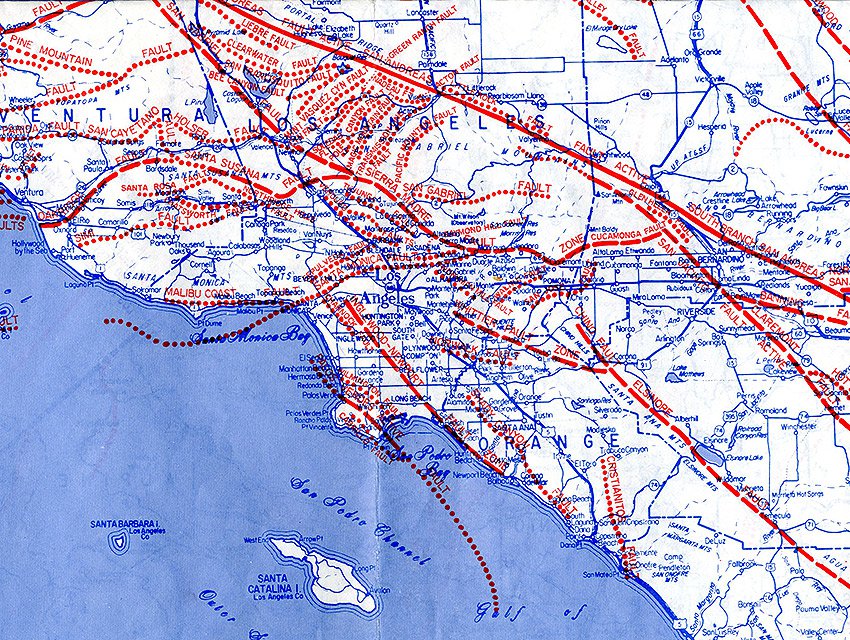
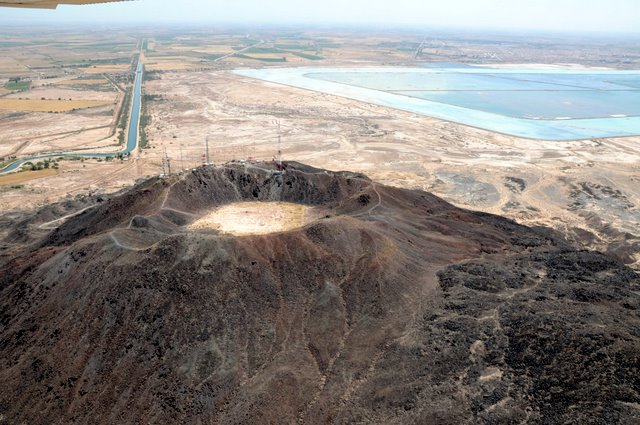
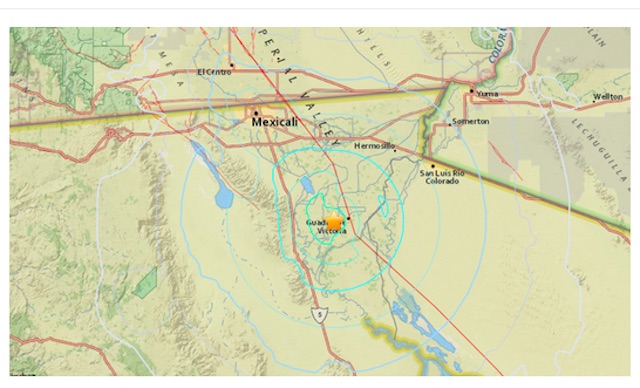
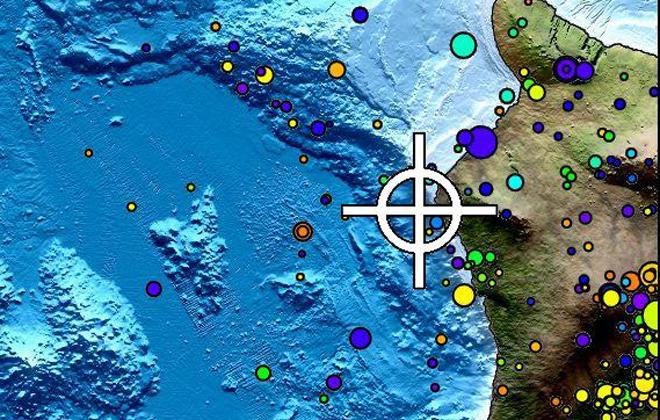


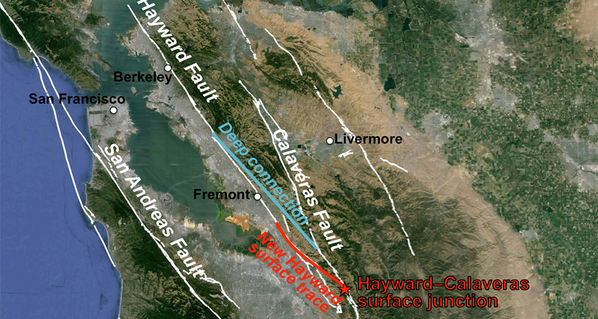
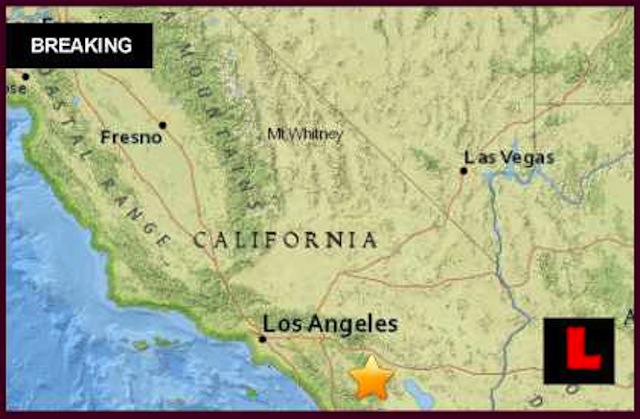
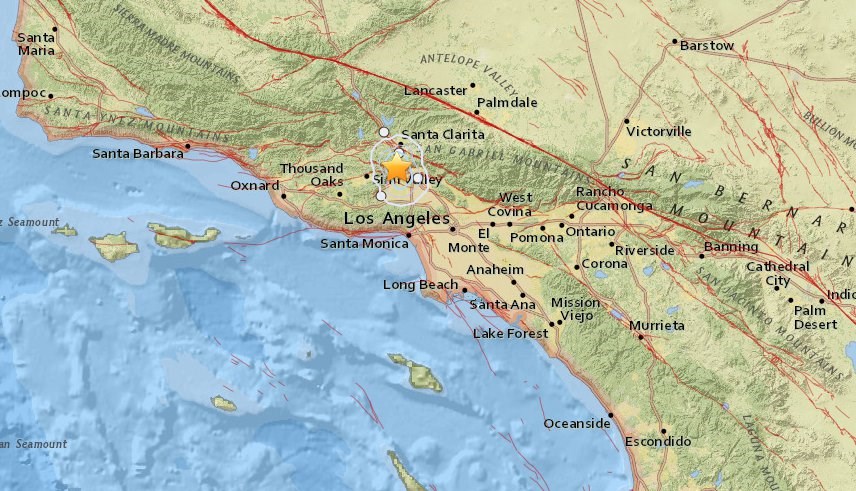
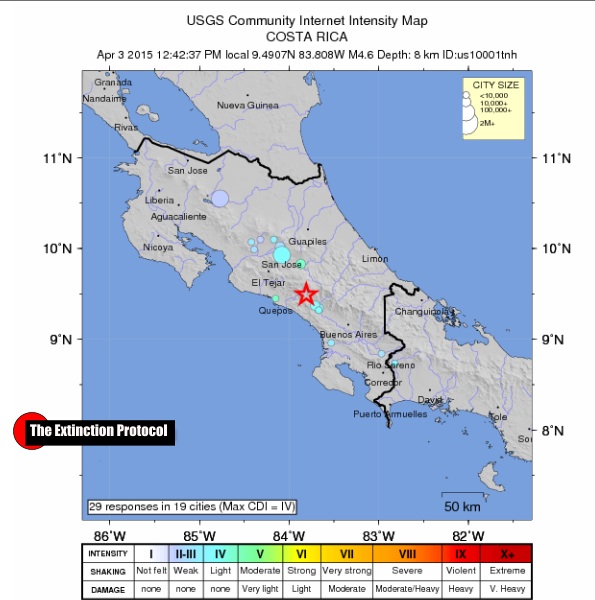



Comment: Sounds like this quake was a pressure release and fortunately didn't cause casualties or damage. Los Angeles has many geologic faults, any one or more could be triggered at any time.